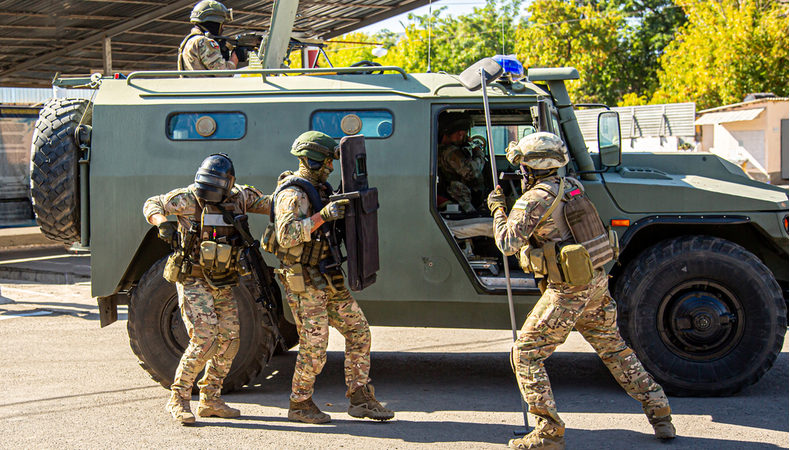Afghanistan, Iraq, Pakistan: how many civilians lost their lives in military interventions?

After the withdrawal of American military troops and the takeover of power by the Taliban, all the international media are covering Afghanistan. However, the consequences of these military interventions on public health and mortality have rarely been mentioned. The same goes for Iraq. The country, like Afghanistan, came under the US and its allies’ crosshairs after the attacks of 11 September 2001. Therefore, it would be necessary to answer a question: how many civilians have lost their lives due to violence and military interventions in Afghanistan, Pakistan, and Iraq?
According to data from the Watson Institute of Brown University, from 2001 to 2021, the civilian victims of foreign military interventions were about 47,245 in Afghanistan and 24099 in Pakistan. The same report explains that the cost of these interventions to US taxpayers has been around $ 2,200 billion. This money has mainly enriched the military industry, and only a fraction of these resources has been invested in socio-economic development, education, and health. The topic has been the subject of numerous analyses, including fierce criticism from Jeffrey Sachs, director of Columbia University’s Center for Sustainable Development.
The American economist, a former consultant to the World Bank, was one of the planners of the neoliberal policies applied to the former Soviet Union during the so-called “economic transition” after the collapse of the Berlin Wall. Measures have often been called “shock therapy” and are associated with one of the worst political-economic mortality crises in recent history.
However, his most recent political positions include criticism of US international policy towards countries like Afghanistan and China and strong stances against US economic policies that, according to Sachs, favor a “plutocracy” and the profit of a few.
Many estimates on Iraq exist, some at the center of controversy and discussions among epidemiologists and researchers. For example, a study in the Lancet, which estimated over 600,000 deaths from 2002 to 2006, was the center of much criticism. Another study published in the New England Journal of Medicine, covering the same period, yielded an estimated 151,000 deaths. Finally, according to the Iraqi Body Count project, between 2003 and 2017, approximately 200,000 civilians died due to military intervention and its consequences.
These estimates are already so tragic. However, they do not consider the effects of these wars on important health determinants such as access to food, water, and sanitation, access to health care, and the worsening socio-economic conditions of countries exposed to decades of conflict. Moreover, as Edward Herman and Noam Chomsky explain in Manufacturing Consent, some victims receive extensive media attention, while others receive little or no media attention. That is why if we made a brief survey on the awareness and knowledge of Westerners regarding the victims of these wars, the results would not be very instructive. Luckily, there are documentaries like John Pilger’s The War You Don’t See.




